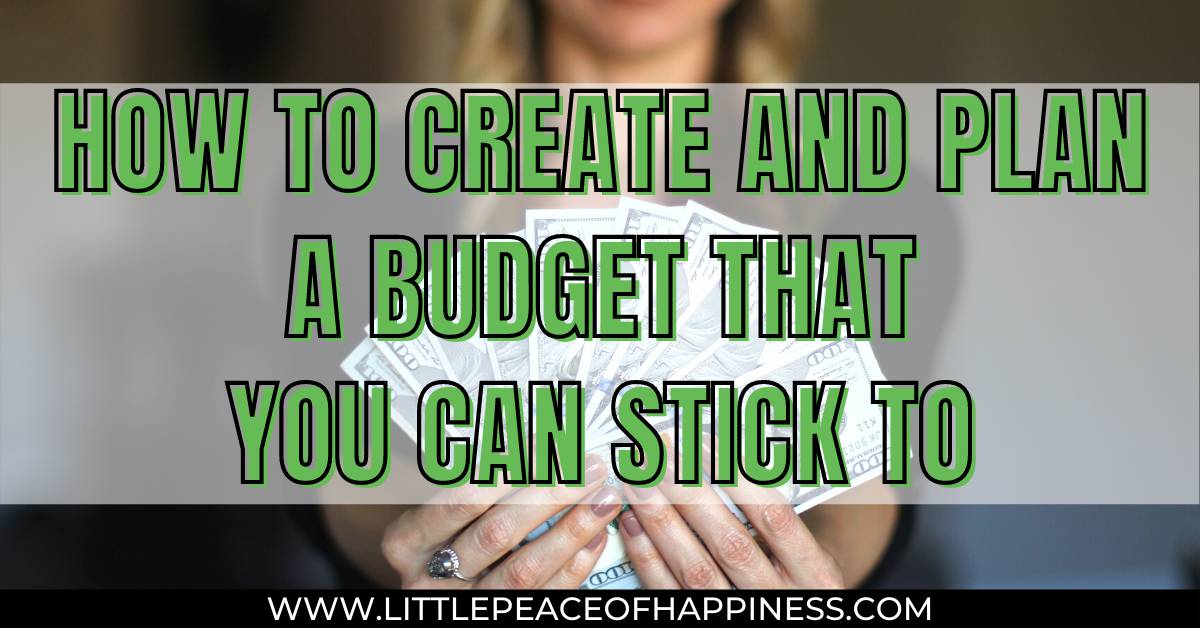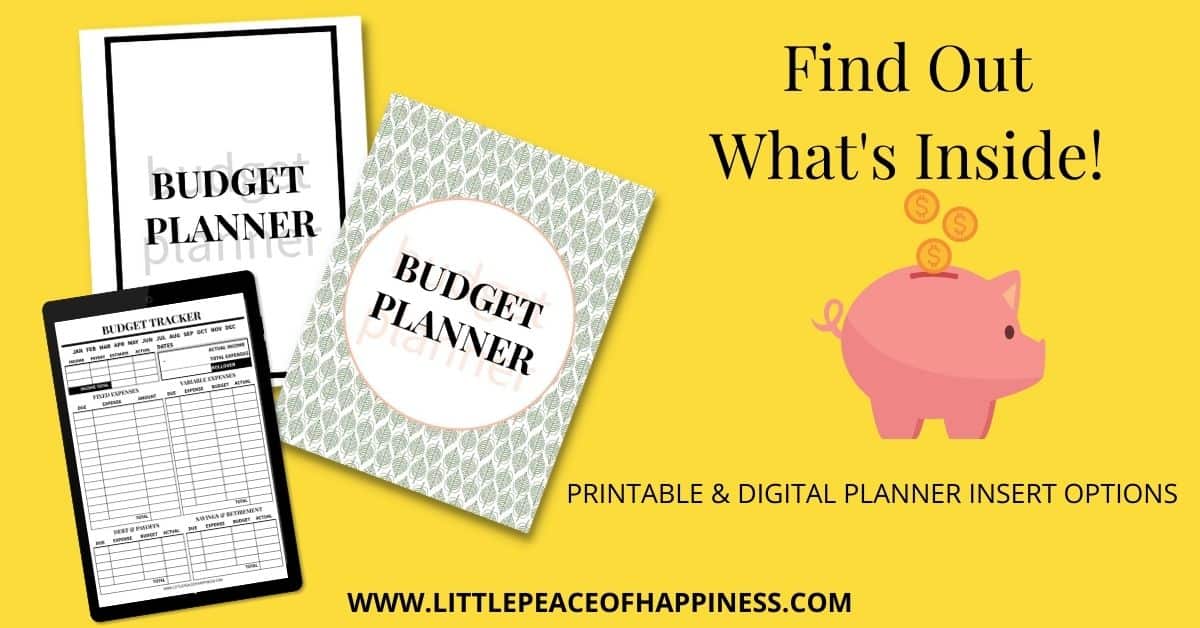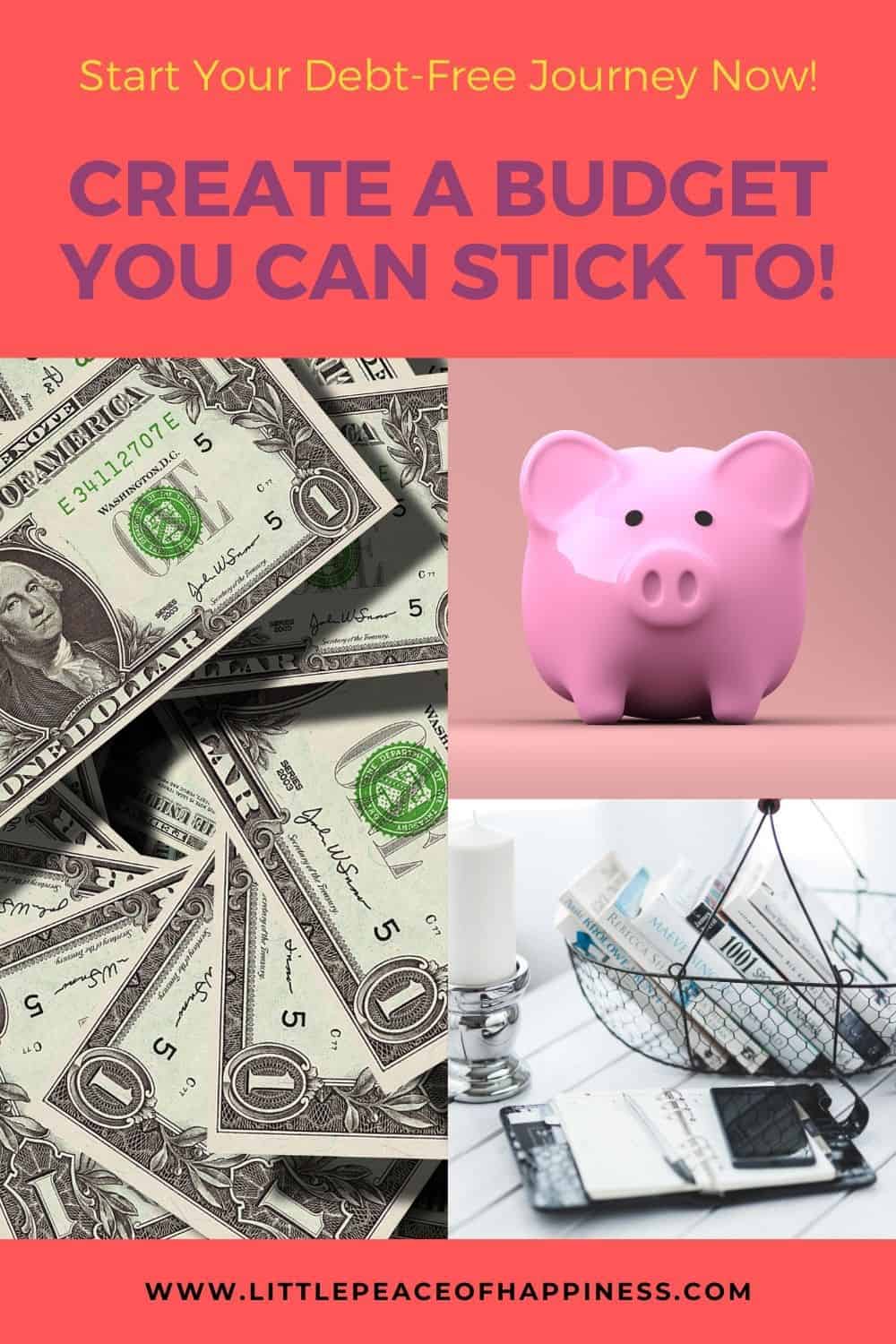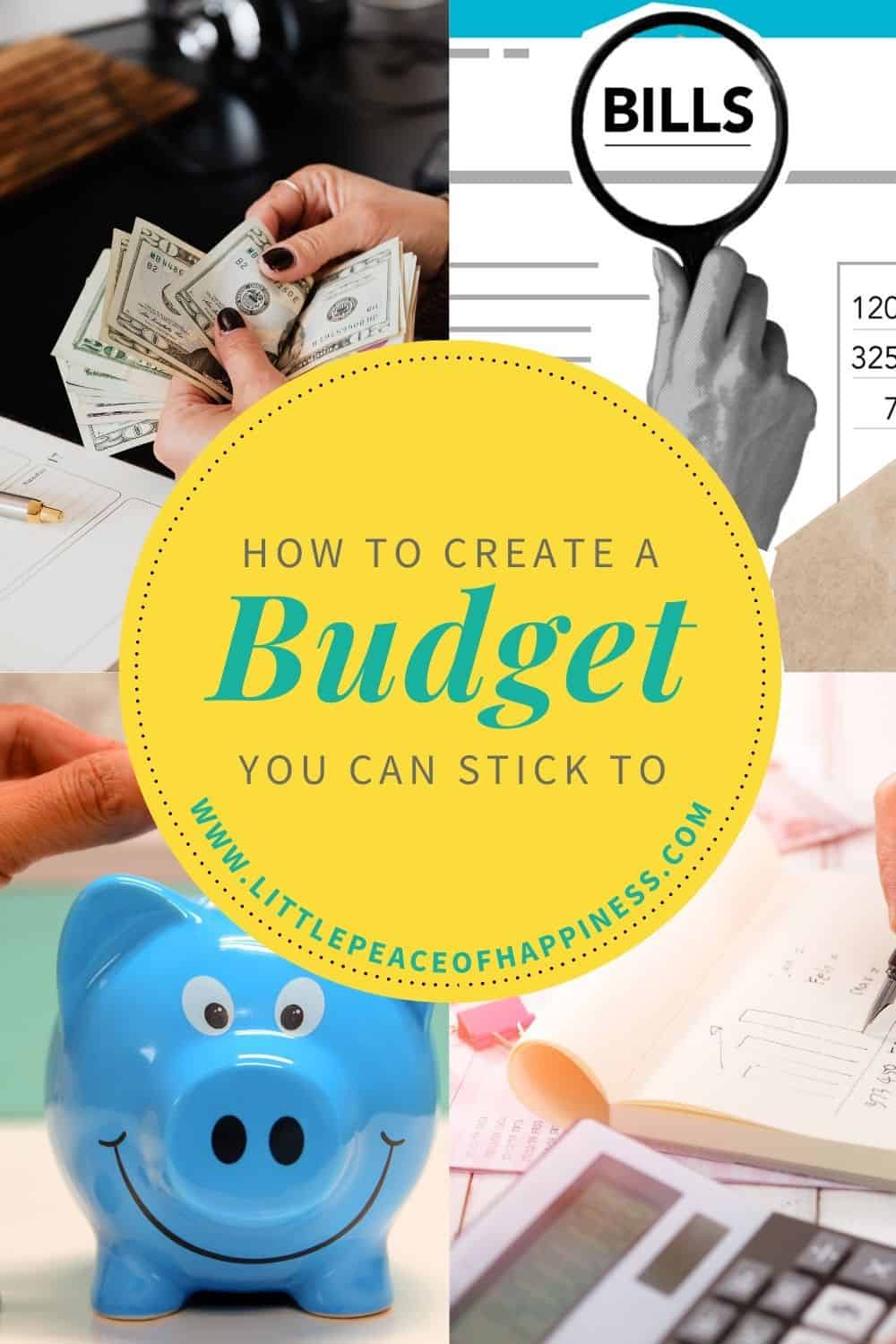In recognition of National Financial Literacy Month and taxes coming up, I thought it would be fitting to write a post about personal finance and how you can start a budget to work towards a life of financial freedom.
From my perspective, I have noticed people my age and younger generations are starting to shift from spend, spend, spend to save, save, save. I don’t mean that other generations aren’t saving money, just that I’m noticing more people are thinking about their financial future at a younger age.
When we were in our mid-20’s we were already looking into ways on how to make more money to retire early. We didn’t and still don’t want to be limited to living a life we enjoy or have to work full time until our 60’s. A few years ago my husband, Long, told me about the term FIRE. Financial Independence, Retire Early.
Now this post is not about FIRE but I brought it up because it was the motivation that pushed us into our debt-free journey. We’re already frugal people and the concept of FIRE changed our mindsets that retirement can only happen at a certain age.
WHAT'S IN THIS POST?
Misconceptions of a Budget Lifestyle
Living on a budget doesn’t mean you have to give up everything and not live your life. You can create a budget that is actually do-able for you and live your life too.
After finishing grad school in 2015, we were faced with an overwhelming amount of debt from credit cards, auto loans, and student loans. The idea of being in so much debt so early in our careers was nauseating and we knew we had to get our budget in control fast!
We started looking at our finances more seriously and budgeting every expense. Three years later we were free from credit card debt and a year after that, we finished our auto loan as well. Since we paid off those debts, we’ve been able to keep it off!
While we were paying off debt, we saved for our wedding and travelled internationally to Central America and Europe. This was all made possible by setting financial goals, understanding our spending habits, creating a budget, and sticking to it as best as possible.
If you’re thinking we had some financial assistance, we didn’t! Hubby and I both came from low income households and had frugal mindsets.
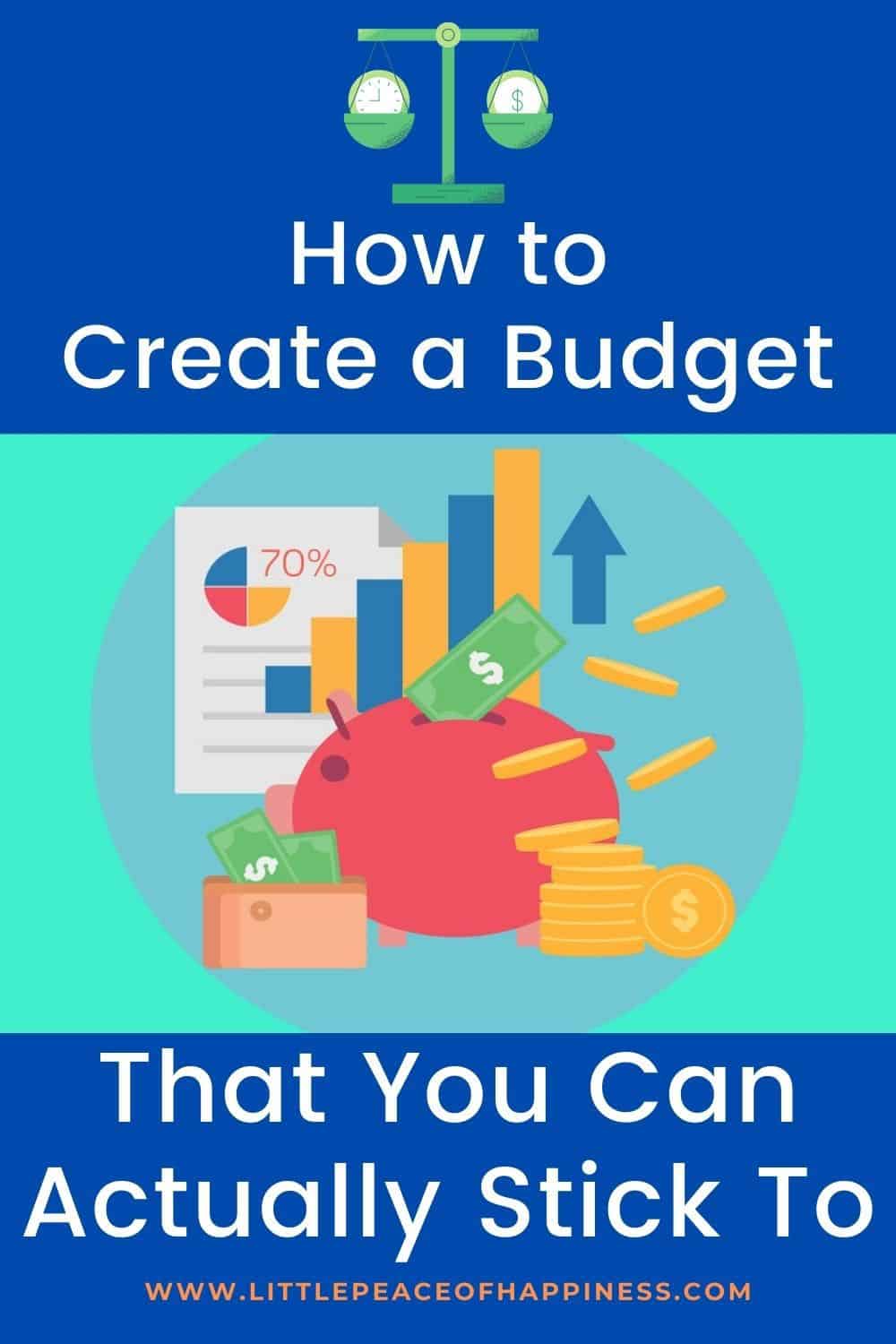
How to Create a Budget
I won’t lie to you. Working towards financial freedom will take time and dedication. In the beginning, there will be some sacrifices too. Especially if you’re deep in consumer debt and are continuously playing catch up on your bills.
Your debt didn’t appear overnight and it will take time to eliminate it. You’ll have to unlearn your spending behaviors and views about credit cards and relearn how to make your money work for you.
In this post, I’ll go over everything you need to learn about your finances and how to create a budget that you will stick to. If you’re ready to say goodbye to the lifestyle of swiping a credit card as a cash supplement and paying the piling interest that comes with it, keep reading!
- Check Your Financial Health
- Set Your Financial Goals
- Find Out Where Your Money Has Gone
- Break Down Your Expenses
- Compare Spending to Actual Income
- Plan Where Your Money Needs to Go
- Create a Budget Strategy
Check your Financial Health
Before you make a game plan on how to overcome your budget, it’s a good idea to check your current financial health. Loans and credit cards can easily rack up when they’re “out of sight, out of mind,” so you may not realize how much debt you actually have.
I know looking at your debt isn’t going to be fun, but it’s a necessity to overcome.
Regardless if you’re starting a budget or not, checking your financial health from time to time should be part of your financial routing. Just like a doctor’s appointment, your financial health will tell you where you stand, what needs attention, and areas of concern.
Check your Credit Report
A credit report provides you with information about your opened and closed debt accounts, the amount, and your financial standing for each debt. This is important to check because if someone opened a new loan under your name, you can catch it before it affects your credit score.
The Federal Trade Commission (FTC) Consumer information wrote an article on free credit reports. The Fair Credit Reporting Act (FCRA) requires nationwide credit reporting companies (Equifax, Experian, and TransUnion) to give you 1 free credit report every 12 months.
This means throughout the year, you can check your credit report at least 3 times a year for free if you rotate between the different credit reporting companies. A credit report won’t tell you your credit score, but it’s a good practice to check the report for any outstanding and questionable accounts. Order your free report at www.annualcreditreport.com.
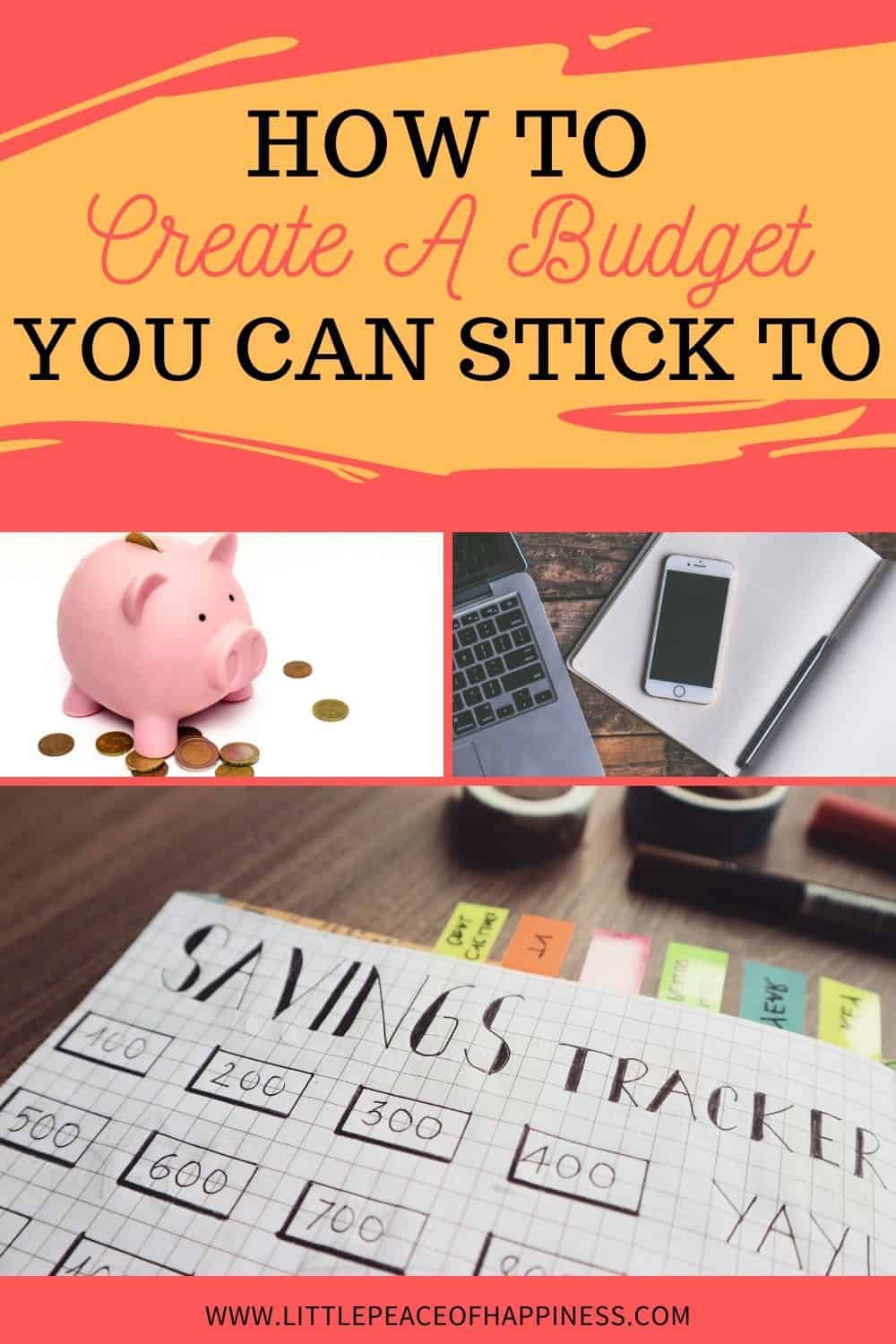
Check your Credit Score
Growing up, I learned about the importance of credit and the long running joke that it becomes the thing that everyone talks about as they get older. That’s because your credit score is what helps you in the loan approval process for a house, a car, an investment opportunity, or anything else that requires a lender.
The longer you have an open line of credit, the more repayment history you have to show future lenders for a service or a loan. The higher the credit score, the better the interest rates will be for your next loan application.
It’s not impossible to make large purchases without a line of credit; however, you may need to put more cash upfront or have a very high interest rate before a lender can feel comfortable in lending you money for your purchase.
Having an open loan or credit card account isn’t the only way to build your credit. Your credit history can also be affected by making regular payments to your bills.
You can check your credit score for free through Credit Karma. They do a soft pull on your credit to give you a score from Transunion and Equifax. Because it is a soft pull, it will not affect your credit score like a hard pull from a bank. It can help give you an idea of your credit score.
Check your Net Worth
I’ll admit, this isn’t one that I’ve personally done myself. I know other people do this and so I thought it would be good to include it in this post.
Your net worth is the difference between your financial assets and liabilities. Your net worth can fluctuate with time as you work to reduce debt or even if the value of your home changes. Calculating your net worth takes into account everything you own outright or through a loan, including your investments.
There are plenty of net worth worksheets you can find online and I actually have one as part of my 100+ Budget Planner that you can purchase from my online store.
Set Your Financial Goals
If you fail to plan, you are planning to fail.
Benjamin Franklin
I have seen this quote everywhere and as simple as it is, you won’t get very far if you don’t plan out your financial goals.
Without a path of direction, your finances will be in the same place as they are now. If you want to see progress, you need to define your financial goals. More specifically you have to make them SMART.
SMART Goals are specific, measurable, attainable, relevant, and time-bound.
Here’s an example that I use in my Budget Planner:
To achieve my goal of buying a home, I will reduce unnecessary spending so I can make a monthly contribution of “amount” to my “savings fund” to have “total goal amount” by “goal date”.

Find out Where Your Money has Gone
Have you ever been in a situation where you just got paid and in less than a week, your paycheck is all gone? You don’t understand how your hard earned money could’ve been spent so quickly and you start listing off the few things you do remember spending.
Maybe some of the things you purchased were cheap so you didn’t think about it. But even small amounts of money everywhere can quickly add up! In part of knowing where you’re coming from in order to know where you’re going, you need to know where your money has gone.
One way you can easily do this is by printing off your last three months of bank and credit cards statements so that you can review them line by line.
If those statements are not available, then you’ll have to start recording your daily cash and credit card statements in a daily register. This will be essential and is highly encouraged to keep doing even after your credit is created. It helps keep you accountable and in check with your expenses.
Break Down your Expenses
Once you’ve printed off or have written down your past expenses, start going through them line by line and categorize your expenses.
For example, line items to various restaurants that are not part of groceries, would fall under “restaurants” or “dining”. There are some expenses that fall into their own category, such as rent, internet, phone bill etc.
There are many ways you can categorize your expenses. Use categories that make the most sense to you. These categories will be used to identify your budget for each category later. You can assign each category its own color as you go through your past expenses line by line.
Some people like to categorize and then group their expenses into larger buckets such as fixed expenses, variable expenses, debt, and savings.
Compare Spending to Actual Income
After you’ve broken down your expenses, it’s time for a reality check and compare your actual monthly income to the monthly amount that you’ve spent.
- Check your total checkings/cash AND credit card expenses against your past income. Make note of how much over or under it is.
- Earlier you broke down your expenses by category, now total the amount for each category. If it is for more than one month, calculate the average spent for each category.
- When you calculate your category expenses, you can also calculate the percentage of your income you’ve spent for each area.
If you search for “expense percentage rules” online, there are many that you will find. Some are broad percentages that lump a few categories together and others will break down each area. These percentages rules will help you adjust your budget where needed so you can pay down debt and save more for yourself.
Here is an example of our percentage expenses for one of our months. This example does not include the initial investments with employer 401k.
Plan Where Your Money Needs to Go
Remember this post is about creating a budget that you’ll actually stick to. For that to happen, you’ll need to make a list of all of your upcoming expenses every month for the year and any future savings goals. This includes all the necessary bills, life expenses, minimum debt repayment, and upcoming events.
Think birthdays, vacations, holidays, and the bills that are paid quarterly, annually, etc. If you’re lacking in the self care department, give yourself an allowable expense for that too. To make your budgeting successful, you don’t want to feel like you’re a hermit crab for the next year.
Identifying all of your upcoming expenses for the year will help you plan out your budget and prepare for the future. Instead of having heavy expenses one month and a lighter one the next, why not just save up for it over the next couple of weeks or months? Some budget gurus may call this “sinking funds.”
Save for Everything
To me, sinking funds is the same as a savings for a specific thing. Whatever you have planned for your year, plan an estimated amount you will need and then save up for it.
We like to set up different saving goals in our SmartyPig online bank. We’ve been using SmartyPig for years, I honestly can’t remember when we started. We really like it because it’s an online bank where we can transfer money out of our personal checkings account so we don’t accidentally spend it. You also get a higher interest rate then you would in our traditional savings account and create different savings goals. When we’re ready to use the funds, we just withdraw it a few days before we need it.
Debt Repayment
Just like planning expenses for the year, we need to include any debt that we owe. Starting out you can pay a minimum balance and pay extra on at least one of your debts. The goal is to pay down debt without adding on more debt. Try to avoid using your credit cards at all costs and learn to live within your income.
Budget gurus have two ways to pay down your consumer debt. Snowball and Avalanche.
SNOWBALL DEBT
This debt repayment focuses on paying extra to the smallest debt first and minimum payment to the others. When the smallest debt is paid off, you apply that payment amount (minimum and extra) to the next smallest debt and so on.
For example, when you finish paying off loan A with a monthly of $25 min + $50 extra, you take that $75 payment and apply it as an additional payment to loan B.
AVALANCHE DEBT
This debt repayment focuses on paying extra to the debt with the highest interest rate first and making minimum payment to the others. Same rules apply here. When the debt with the highest interest rate is paid off, you apply the minimum and additional payment as a larger additional payment to the next highest interest rate debt.
Both repayment strategies have their pros and cons that you can read from Investopedia.
Create a Budget Strategy
After you’ve discovered where you’re spending your money and identified where you would like it to go, we need to bring these two together to create a budget strategy.
Break down your total expenses by month and determine which spending categories need to be added, reduced, removed, and what needs to remain. My hubby Long likes to tell me “We have the money, we just have to push it around.” That’s all you’re doing is pushing your expenses around every month for whatever financial priority you have coming up.
From the expense categories you discovered previously in the Break Down Your Expenses section of this post, create a realistic budget for each category. The budgeted amount is based on your average spending and what fits within your budget. If you find that your expenses exceed your income, you will have to prioritize what is essential at the moment and reduce some areas. You may even have to eliminate some areas for now.
When creating your budgeted amount for your variable expenses, make sure they are not too far off from what you can achieve. There are spending areas you can be stricter in. However, from personal experience, it’s harder to stick to your budget if you minimize your category expense to an amount that is not even doable.
If you’re ready to start your debt-free journey and need a budget planner to help keep you on tracker, check out my Budget Planner. It has over 100 pages to help you customize your own budget binder! I also the budget sheets available as digital planning inserts.
In Conclusion
In the beginning of your debt-free journey, there may be struggles. Especially if this is something that you’re not used to doing. One thing I feel confident about is consistency is key. Don’t quit on your budget strategy. If you feel areas are too tight, then readjust your expense categories.
Keep in mind that you need to avoid adding more debt. Remember your initial financial goals and motivations behind why you’re doing this. You are your strongest motivator and if you really want this, I know you can do it!
- Check Your Financial Health
- Set Your Financial Goals
- Find Out Where Your Money Has Gone
- Break Down Your Expenses
- Compare Spending to Actual Income
- Plan Where Your Money Needs to Go
- Create a Budget Strategy
Related Posts:
- 10 Things You Must Do Before Buying a Home
- 9 Best Need to Know Tips for the First-Time Homebuyers
- 21 Ways to Update Your Home on a Budget
- How to Get Started with a Home Renovation
8 Tips for a Successful Debt-Free Journey
- Create realistic budgets that fit within your income.
- Avoid spending on your credit card and accumulating more debt.
- Record your expenses as soon as you make them.
- Do daily and weekly check-ins of expenses for remaining budgeted amounts.
- Use a budget planner to keep track of your financial goals, budgets, and progress.
- Re-evaluate your budget and expenses monthly and make any budget changes as needed (expenses to add, reduce, remove, and to remain).
- Remember your financial goals and motivation, little progress is still progress!
- Stick to your budget.
Sending you a Little Peace of Happiness

Pin Me for Later!

